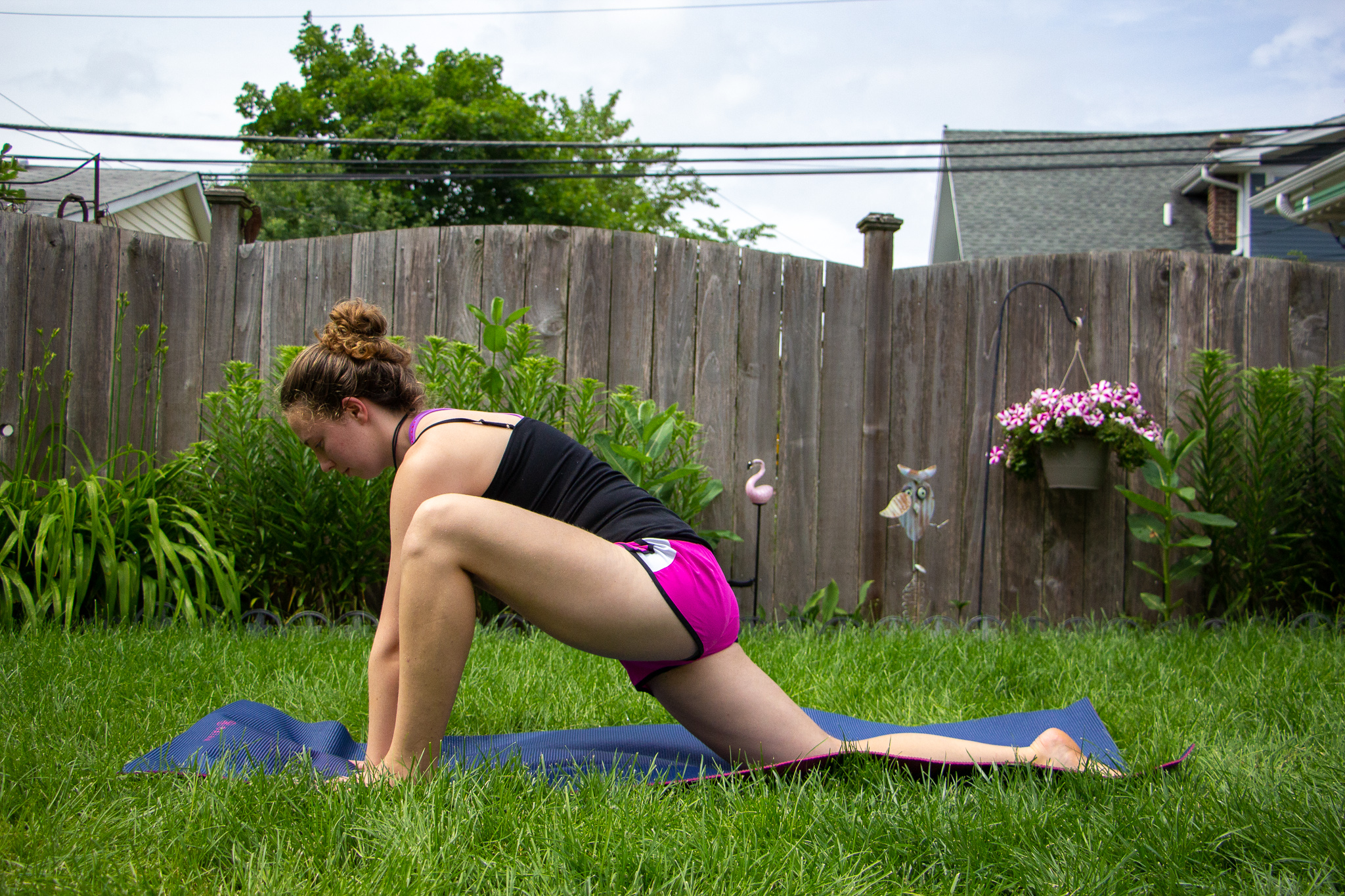As spring brings the warmer weather to the northern hemisphere, many of us dust off old running shoes and take off for a jog. Runners pop up on the trails, running tracks and sidewalks like blooming daffodils.
No wonder. Running is one of the most natural movements for the human body, a great way to workout, disconnect from the things that weigh on our minds and reconnect to nature. Yet in a study conducted by Strava with 25,000 runners, half of the respondents said they either hate or barely tolerate running, while only 8% said they love it.
Is that shocking? Yes and no. When we think about it, very few of us ever get any technical training in how to run. According to Yale School of Medicine, it’s estimated that the average runner will sustain one injury for every 100 hours he or she runs.’ No wonder most of the runners hate running.
So is there a different path? How to be in the 8% of the runners who run and love it? Runners who do not get injured every 100 hours, those who enjoy injury-free, relaxing and calming time they get to spend outside, turned inwards?
1. Study running technique
Very few of us ever learn the proper way of aligning our bodies for running. Not many of us have the great privilege of growing up and remembering the way our should body align itself when it runs. Most of us just go and do and run, ending up with injuries and hating running at the end. ‘Running doesn’t hurt your body, it’s the way you run that hurts your body,’ says Danny Dreyer, author of ChiRunning. Take your time and research running techniques. You can find many teachers explaining how your shoulders, hips, knees and ankles should be aligned. Your body will thank you for it.
2. Reconsider your shoes
There are so many types of running shoes on the market and knowing what your needs are and what works best for your body is a true game-changer. The first time I went to a Running Shoe store and learned that shoes should be replaced every 500 km, I was shocked. How did I miss that? Get familiar with different types of shoes and find something that works well. Maybe it’s barefoot shoes or zero-drop ones. Find out what works for you. Having good, reliable shoes that can make you feel like flying is worth it.
3. Start watching your heartbeat
Your heartbeat is a secret correspondent between what’s going on inside and what is happening on the outside. Learn what is your resting heartbeat and what are your aerobic and anaerobic heart rates. Then, use it when you run. When I first started watching my heartbeat and made sure I don’t go over my aerobic threshold, I was shocked to notice that I’m not getting as tired as I normally would on a run. Being able to use our body’s ability to sustain energy and pace is a wonderful tool for running that doesn’t make us feel like we want to spit out our lungs at the end of it.
4. Study your cadence
One of the best techniques that distinguishes a good runner from a great one is cadence awareness. Many running experts agree that during a run we should be taking 170–180 steps per minute. Most of us, unaware of the cadence are over-strikers. That means we take steps that are too long and most likely come from the heel touching the ground first. Studying the cadence and working towards 170–180 steps per minute is one of the most beneficial changes we can make to prevent joint and tendons injuries. The easiest way to do it is running with a metronome. Many phone apps provide a metronome we can set up to the desired beats per minute and teach our bodies to run in a steady cadence. It takes some time to get used to, but once you get your head around it, a metronome will be your best running buddy!
5. Relax more
It is a rule that can be applied to any part of life, and yes, it involves running, too. Let’s face it. Most of us could do with a lot of relaxation.How many times do you run past someone who looks dead serious or like they are in pure agony? I’ve been that person myself, so convinced that if I’m running, I have to be tense, serious and uptight. However, when we tense the body, it sends the information that we’re stressed. On top of that if we are in fact stressed (about the pace, our performance, and things unrelated to running) the vicious circle never ends. Every time you remember, just keep relaxing your body. You don’t need tense muscles to run! The momentum will keep you going. First, start with the face. Believe it or not, it is possible to run and smile!
6. Come back to child’s mindset
When we were kids, running came naturally. The body knew how to move, easy and effortlessly. Not only that, we run with joy. The best way to start transitioning your running is to come back to that joy, the playfulness that comes from moving your body. Focus less on your performance and more on what is going on in your head. What is the narrative? How are you approaching this run? Most of the time, we beat ourselves up, and quite literally, run after a certain goal. Practice letting go of the performative running and run for the sake of it! The path to go from being a good runner to a great runner is not the easiest, as everything involves some unlearning. However, the joy that comes from loving running and enjoying a healthy body is going to influence the rest of your life.
Get more like this—Sign up for our daily inspirational newsletter for exclusive content!
____
Photo: Annie Spratt via Unsplash





